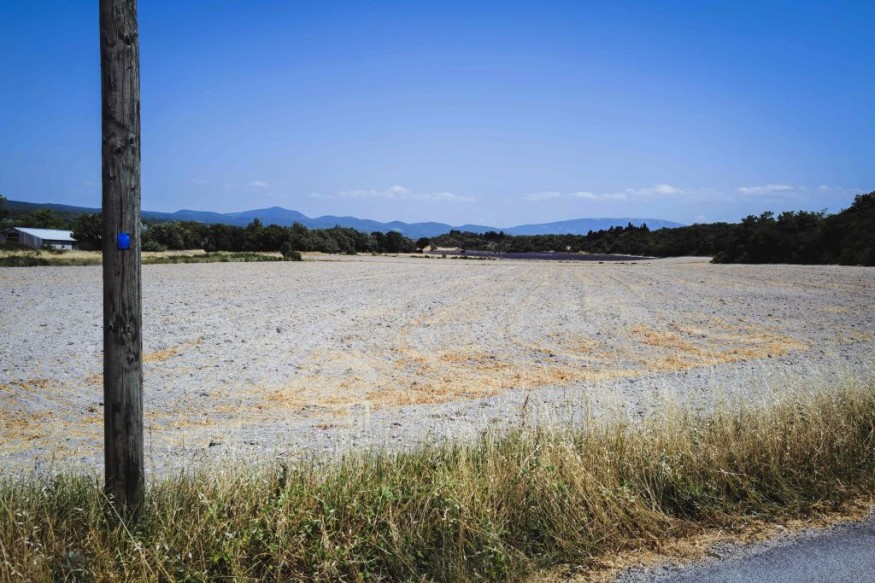A heat wave will strike the Western United States again this week and bring scorching temperatures until the next weekend, according to an AccuWeather forecast.
This comes several days after the Intermountain West experienced thunderstorm activity due to a monsoonal moisture previously forecasted in the region.
In the latest heat forecast, AccuWeather predicted that a heat dome could blanket the interior West and suppress the monsoon storms.
This is due to the potential all-time high temperatures that will set some areas into its hottest levels recorded this year.
The said climatic condition has led to rainfall in multiple areas last week.
Some reports call it as a "beneficial rain" for the drought-stricken landscape, gripped by wildfires, prolonged drought, and high temperatures.
In June, a "dangerous heat wave" triggered wildfires in Southern California. This has also been the case in other states in the months before.
The intense heat reflects the natural disaster last year, when hundreds of people died in the Pacific Northwest and the Canadian province of British Columbia during the North America summer season, which approximately spans from June 20 to September 23 each year.
Western US Heatwave

AccuWeather meteorologists are expecting temperatures to "skyrocket" in the coming days with a few local communities that could experience the extreme weather.
These areas could potentially reach their hottest temperatures ever recorded with an average of 100 degrees Fahrenheit.
The heat dome is expected to bring 90 degrees Fahrenheit in Montana and surpass the 100 degrees Fahrenheit record in the Southwest early this week.
Meanwhile, it could affect most parts of the West and the High plains during the late part of the week.
Jet Stream
The weather forecasting company explains that a jet stream will pave the way for the heat build-up.
It will force the air to sink and cause temperatures to spike, as well as limit cloud formation and precipitation.
According to the National Weather Service (NWS), jet streams are thin bands of strong wind situated in the upper part of the Earth's atmosphere.
The wind direction blows from west to east. However, there are instances where the wind shifts to the north and south directions.
The fast-moving jet streams follow the boundaries between hot and cold air. Since they can transport warm and cold air (vice versa), the weather phenomenon has the ability to cause a change in weather pattern and temperatures.
Heat-Related Illness
During a heat wave, health ailments do occur and are possible to affect the health of living organisms, especially for humans and animals outdoor under the heat of the Sun.
Heat-related illnesses were also mentioned by AccuWeather in its latest weather outlook on Sunday, July 3.
The Centers for Disease Control and Prevention (CDC) enumerated the following heat-related illnesses, wherein some could lead to health complications and even death:
- Heat stroke
- Heat exhaustion
- Heat cramps
- Sunburn
- Heat rash
The CDC acknowledged that heat stresses and all its underlying health impact are preventable.
This can be done by making yourself cool in general, as well as reporting potential and confirmed cases to local authorities.
© 2026 NatureWorldNews.com All rights reserved. Do not reproduce without permission.





